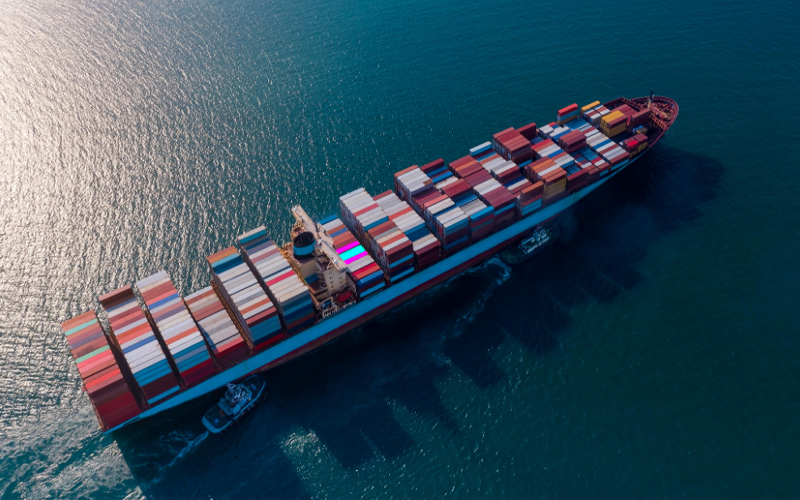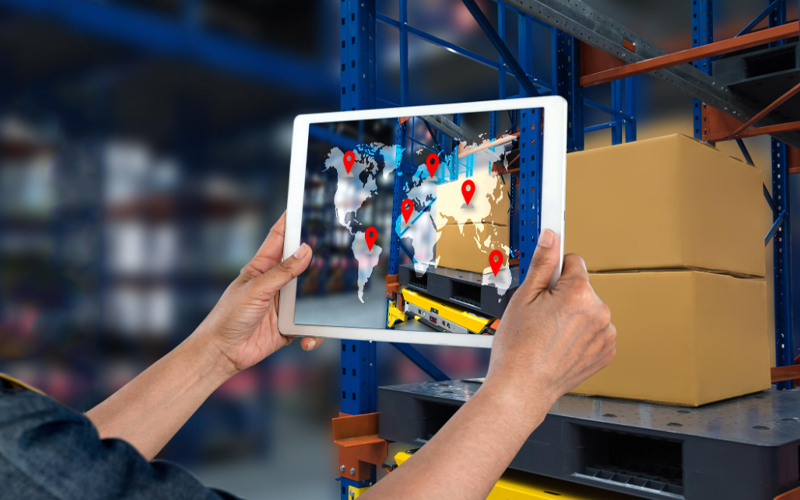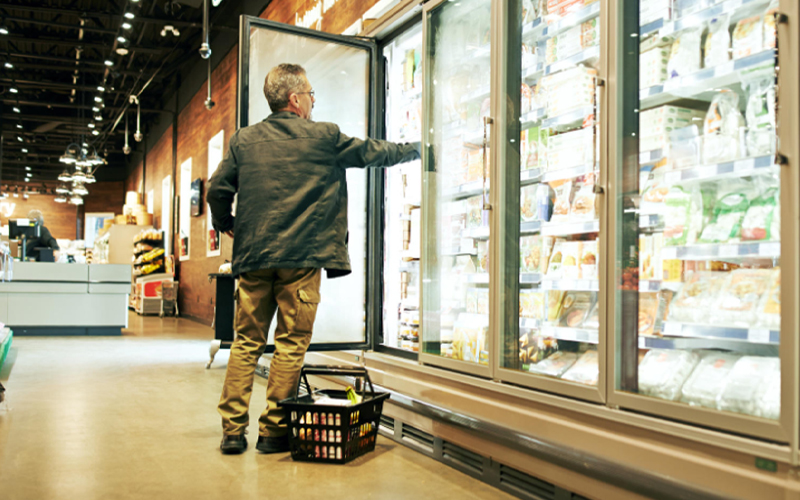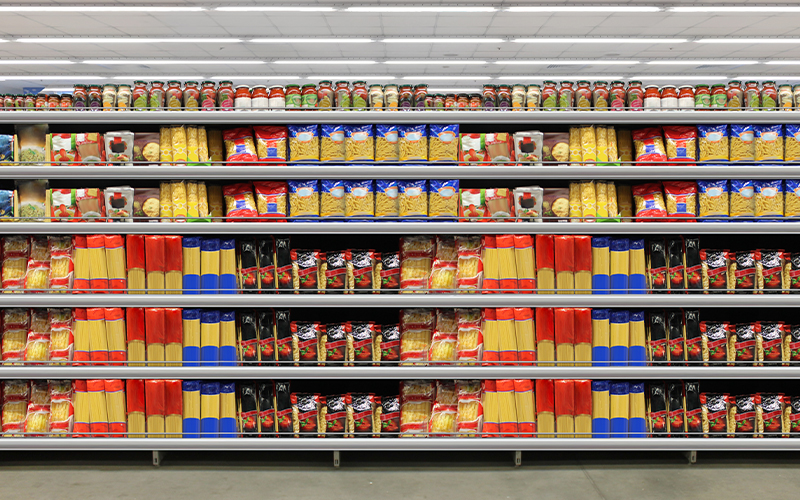Picture this: You order a product of your choice through an eCommerce website. You wait in eager anticipation for the delivery of the product. However, there is an inordinate amount of delay in the delivery. How does that leave you feeling? Delays in last-mile deliveries leave customers frustrated. Unsurprisingly, these days customers are spoilt for choice, and are ready to shift loyalties to rival companies if their expectations are not met with regard to delivery standards.
We all know that the pandemic led to a huge increase in the volume of online purchases. As per the United Nations Conference on Trade and Development (UNCTAD), companies made sales worth $2.4 trillion in the year 2019. This figure rose sharply to $2.9 trillion, and a further one-third increase followed in 2021, taking total sales to $3.9 trillion (in current prices).
In e-commerce, last-mile delivery is the last step in delivering a product to its final destination. It involves moving the product from a warehouse (or transportation hub) to the buyer’s location. Of all the stages in the delivery of a product, the last-mile delivery is considered the most expensive and challenging.
While traffic congestion, rising fuel costs and inclement weather are factors that are top of mind for last-miledelivery challenges, there are other influences too that could impact retailers’ profitability. Let’s consider a few of them.
Route Planning
Finding the best possible route for a delivery driver to follow while travelling from the warehouse to the destination for product delivery is a critical aspect of llast-miledelivery. Inefficiencies at this stage lead not only to delayed deliveries but also result in increased costs for the retailer.
Last mile delivery route optimisation is key to determining the most efficient route that can be taken for deliveries. Vehicle routing optimisation is an extremely complex problem that has challenged scientists and mathematicians over the years. Machine learning and artificial intelligence algorithms have stepped in to ease the problem. In addition, analytics technology helps with spotting trends, so adjustments in routing can be made before problems become unmanageable.
High cost of delivery
Retailers, in most cases, have no option but to absorb last mile delivery costs, since consumers tend to abandon online shopping carts if they see any unforeseen additional costs apart from the cost of the purchased product.
Fuel costs, cost of fleet operations and drivers’ salaries are some of the expenses in the last mile. Failed deliveries and management of returned products also add to cost pressures.
Meticulous planning, optimisation of routes, and embracing auto-dispatch technology are a few ways of optimising these last-mile costs.
Lack of transparency in last-mile delivery
After placing the order through an ecommerce website, customers are interested and even demand to know the progress of the delivery of their order. However, fleet managers often do not have any visibility into the location of the parcels and vehicles once they are out for the final delivery, resulting in gaps in communication and irate customers.
Therefore, a modern delivery tracking tool is absolutely needed for a logistics company. These tools enable fleet managers to track last-mile deliveries with ease and make well-informed decisions during unanticipated circumstances. It also provides fleet operators with deep insights regarding their fleets and drivers' performance. In addition, customers can be provided step-by-step status updates to ensure their enhanced satisfaction.
Use of outdated technology
The use of outdated technology in logistics in this day and age might seem like a remote possibility. However, the fact of the matter is that several logistics companies still shy from using the latest technology. Even if they do adopt modern technology, it is often in the areas of warehouse management, thus short shifting last mile-delivery. This leads to lost customers and missed opportunities.
The solution is straightforward. Bring in technology that digitalises key logistics operations, such as delivery tracking, dispatching, expected delivery time tracking, vehicle tracking and route planning. The IoT (Internet of things), RFID (Radio Frequency Identification) and enhanced GPS tracking are some of the latest technologies that are being used to improve logistics on an ongoing basis.
To augment profits and reduce inefficiencies, companies have been compelled to focus on last-mile delivery logistics and optimise them. It is no longer a matter of choice, hence it is imperative that companies should attend to aspects such as improvement in route planning, reduced cost per delivery and increased asset utilisation by help of logistics process outsourcing for overcoming last-mile delivery challenges!
*For organizations on the digital transformation journey, agility is key in responding to a rapidly changing technology and business landscape. Now more than ever, it is crucial to deliver and exceed on organizational expectations with a robust digital mindset backed by innovation. Enabling businesses to sense, learn, respond, and evolve like a living organism, will be imperative for business excellence going forward. A comprehensive, yet modular suite of services is doing exactly that. Equipping organizations with intuitive decision-making automatically at scale, actionable insights based on real-time solutions, anytime/anywhere experience, and in-depth data visibility across functions leading to hyper-productivity, Live Enterprise is building connected organizations that are innovating collaboratively for the future.







